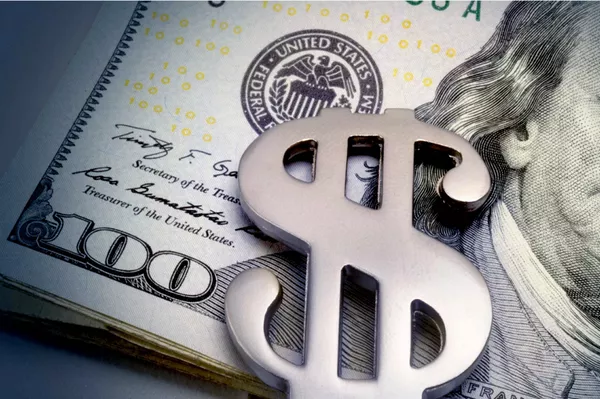The Euro to US Dollar exchange rate, often abbreviated as EUR/USD, is one of the most widely traded currency pairs in the foreign exchange market. The exchange rate represents the value of one unit of the euro in terms of US dollars. In other words, it tells us how many dollars are needed to buy one euro.
Historical Context:
The EUR/USD exchange rate was introduced in 1999, when the euro was first adopted as the official currency of the European Union. This followed a long period of planning and coordination between the member states, which culminated in the signing of the Maastricht Treaty in 1992.
Since its introduction, the euro has become an increasingly important global currency, with many countries outside of Europe using it as an alternative to the US dollar. However, the USD remains the dominant currency in international trade and finance, accounting for around 60% of global foreign exchange reserves.
Factors Influencing the Exchange Rate:
The exchange rate between the euro and the US dollar is influenced by a wide range of economic, political, and social factors. These include:
1. Central Bank Policy: The monetary policies of the European Central Bank (ECB) and the Federal Reserve (Fed) can have a significant impact on the exchange rate. For example, if the Fed raises interest rates, this can make the US dollar more attractive to investors, causing the exchange rate to rise.
2. Economic Indicators: Economic indicators such as GDP growth, inflation, and employment figures can also influence the exchange rate. If the Eurozone economy is performing well relative to the US, this can lead to a stronger euro and a lower EUR/USD exchange rate.
3. Political Developments: Political developments such as elections, referendums, and international diplomatic events can also have an impact on the exchange rate. For example, uncertainty surrounding Brexit negotiations caused the value of the pound sterling to fluctuate significantly against other major currencies.
4. Market Sentiment: Finally, market sentiment and investor confidence can also play a role in determining the exchange rate. If investors are optimistic about the prospects for the Eurozone, this can lead to increased demand for euros and a higher EUR/USD exchange rate.
Recent Trends:
In recent years, the euro has generally been weaker than the US dollar, with the EUR/USD exchange rate trading at around 1.10 in mid-2019. However, the COVID-19 pandemic had a significant impact on global financial markets, causing the value of the US dollar to decline sharply in early 2020.
As a result, the EUR/USD exchange rate rose to a high of around 1.23 in early January 2021, before falling back slightly over the following months. Since then, the exchange rate has remained relatively stable, trading at around 1.18-1.19 as of June 2023.
Conclusion:
The Euro to US Dollar exchange rate is an important indicator of the relative strength of these two major global currencies. While there are many factors that can influence the exchange rate, including central bank policy, economic indicators, political developments, and market sentiment, it remains one of the most closely watched measures in the foreign exchange market.
Investors and traders use the exchange rate to make a wide range of financial decisions, from hedging currency risk to taking advantage of arbitrage opportunities. And while the future trajectory of the exchange rate is difficult to predict, ongoing economic and political developments will continue to shape its movements in the years to come.


